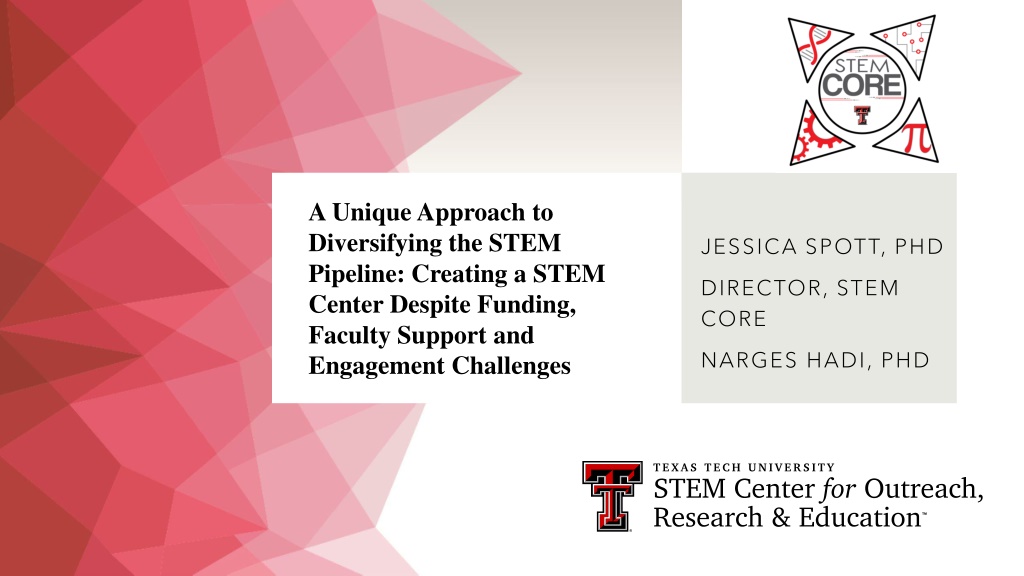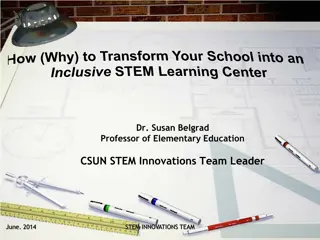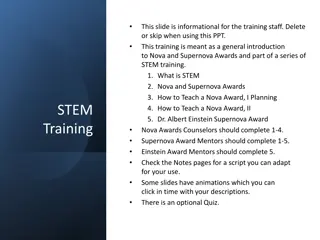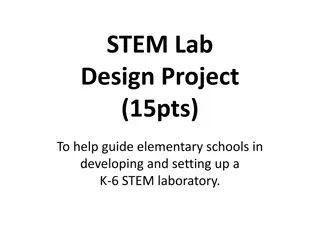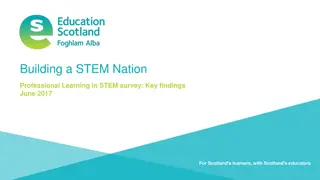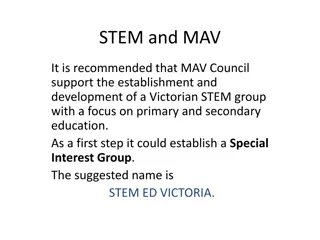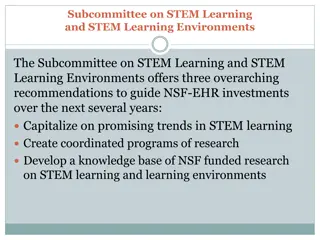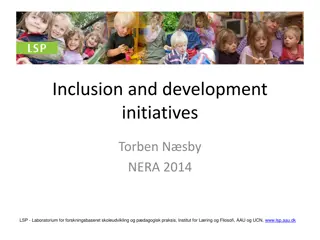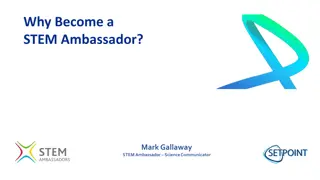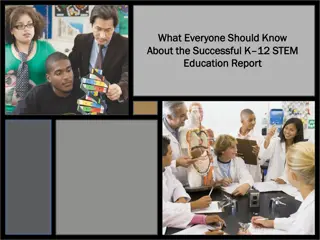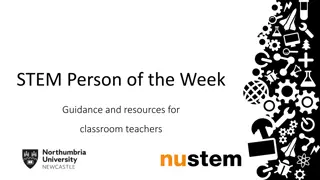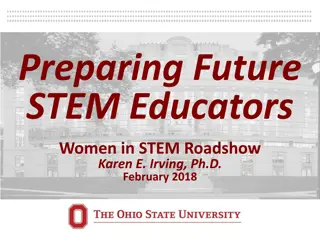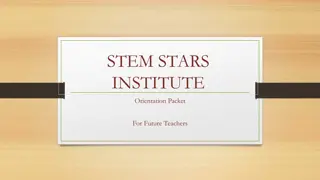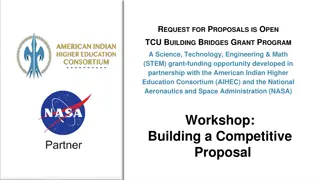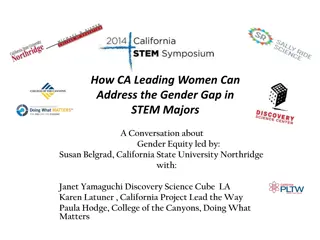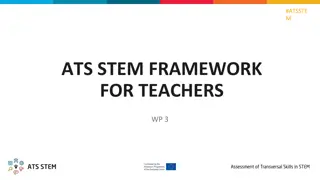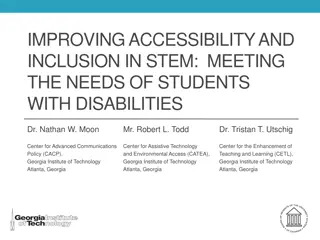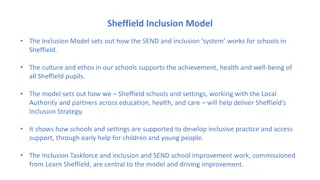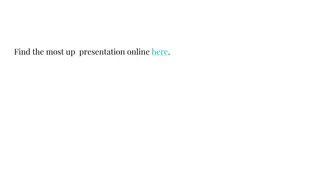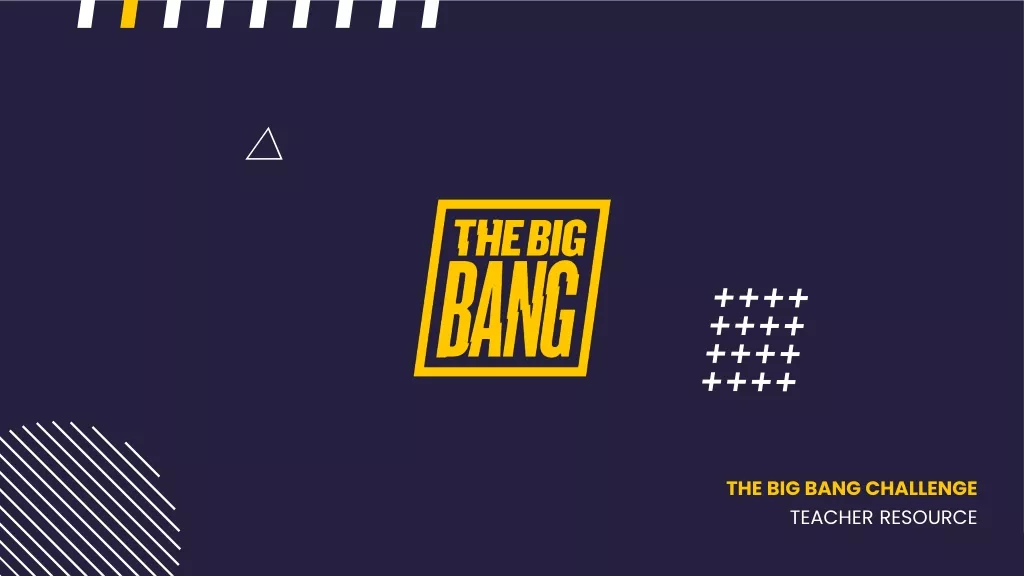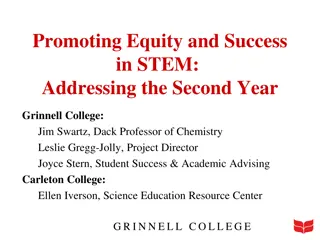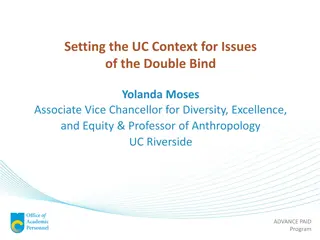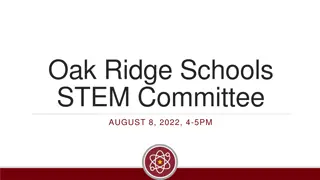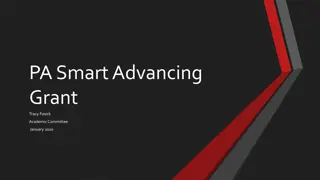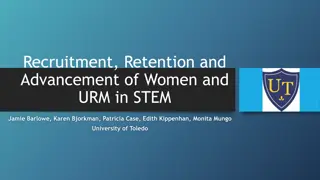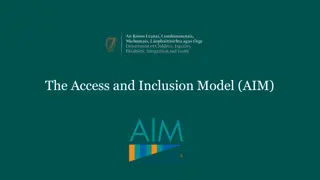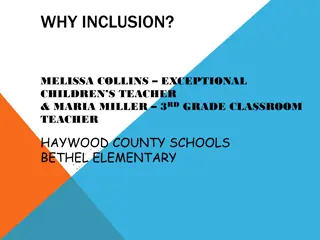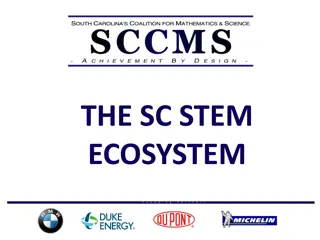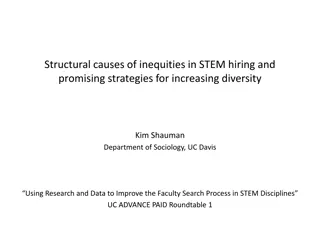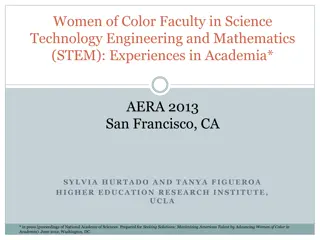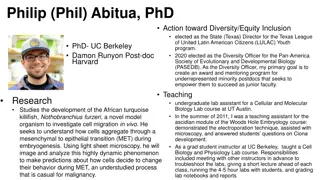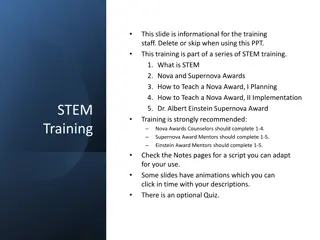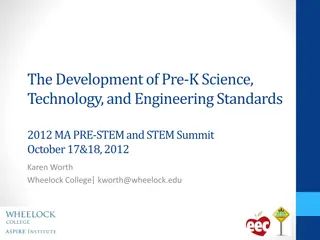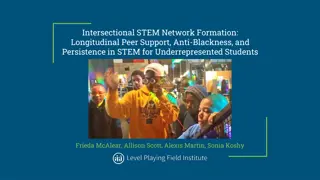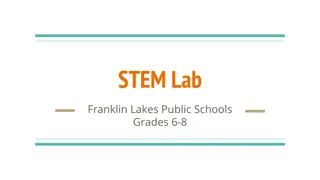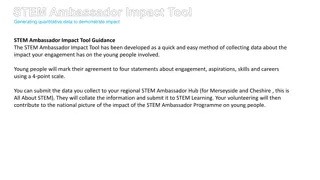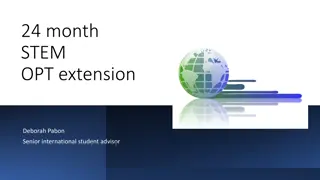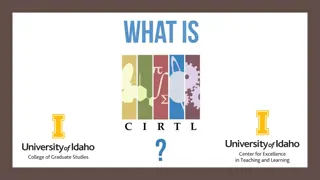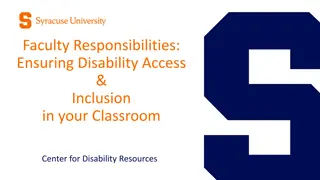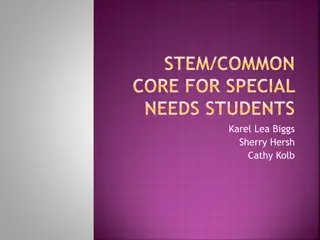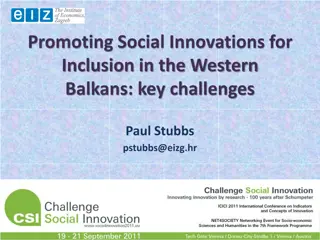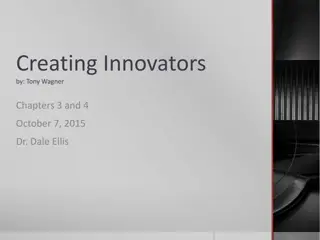Creating a Diverse STEM Center: Overcoming Challenges and Promoting Inclusion
STEM CORE at Texas Tech University aims to enhance STEM education, outreach, and research while promoting diversity and inclusion. Despite funding and faculty support challenges, they focus on providing services to faculty, K-12 outreach, and fostering an inclusive STEM community through strategic initiatives. By leveraging faculty support, engaging undergraduate students, and integrating diverse programs, they aim to create a supportive environment that aligns with the Social Cognitive Theory for STEM success.
Download Presentation

Please find below an Image/Link to download the presentation.
The content on the website is provided AS IS for your information and personal use only. It may not be sold, licensed, or shared on other websites without obtaining consent from the author. Download presentation by click this link. If you encounter any issues during the download, it is possible that the publisher has removed the file from their server.
E N D
Presentation Transcript
A Unique Approach to Diversifying the STEM Pipeline: Creating a STEM Center Despite Funding, Faculty Support and Engagement Challenges JESSICA SPOTT, PHD DIRECTOR, STEM CORE NARGES HADI, PHD
Background Information of STEM CORE Mission: The mission of STEM CORE is to integrate and deepen the impact of STEM education, outreach, and research at Texas Tech University and beyond. Our primary functions include the following: 1) providing a service to faculty related to proposal writing and broader impacts consultations; 2) facilitating strategic K-12 outreach; 3) serving as a central hub to culminate and coordinate STEM activities across campus by stimulating networking; and 4) stimulating and sustaining the development of an inclusive and diverse STEM population on campus. Scope: Our primary functions include the following: 1) providing a service to faculty related to proposal writing and broader impacts consultations; 2) facilitating strategic K-12 outreach; 3) serving as a central hub to culminate and coordinate STEM activities across campus by stimulating networking; and 4) stimulating and sustaining the development of an inclusive and diverse STEM population on campus.
Audience Question: Does your STEM Center PRIMARILY focus on undergraduate education, K-12 outreach or faculty support?
Theoretical Framework Social Cognitive Theory (Bandura, 1986) To create a STEM center using SCT, steps such as establishing a supportive learning environment, using modeling and observation, providing hands- on experiences, fostering self-efficacy, encouraging positive feedback and reinforcement, and using technology can be taken. Ait Maalem Lahcen, R., Caulkins, B., Mohapatra, R., & Kumar, M. (2020). Review and insight on the behavioral aspects of cybersecurity. Cybersecurity, 3(1). https://doi.org/10.1186/s42400- 020-00050-w Bandura, A. (1986). Social foundations of thought and action: A social cognitive theory. Prentice-Hall.
Iterations of STEM CORE Funding: Making a financial case Faculty Faculty Buy in: Building Rapport K-12 Outreach Institutional Initiative: Equity & Diversification Undergraduate Education
Recommendations 1. Begin with a faculty and K-12/Community focus 2. Utilize faculty voices to advocate for continued support 3. Leverage faculty research grants for your programmatic support 4. Engage undergraduate students. Leverage their talents and learn to understand their needs 5. Integrate programs to serve K-12 students, undergraduate students, faculty, and the community simultaneously
Discussion & Application: How did your STEM Center Leverage these Challenges to become essential to your campuses
Additional Questions/Discussion Jessica Spott, PhD jessica.spott@ttu.edu www.stem.ttu.edu
